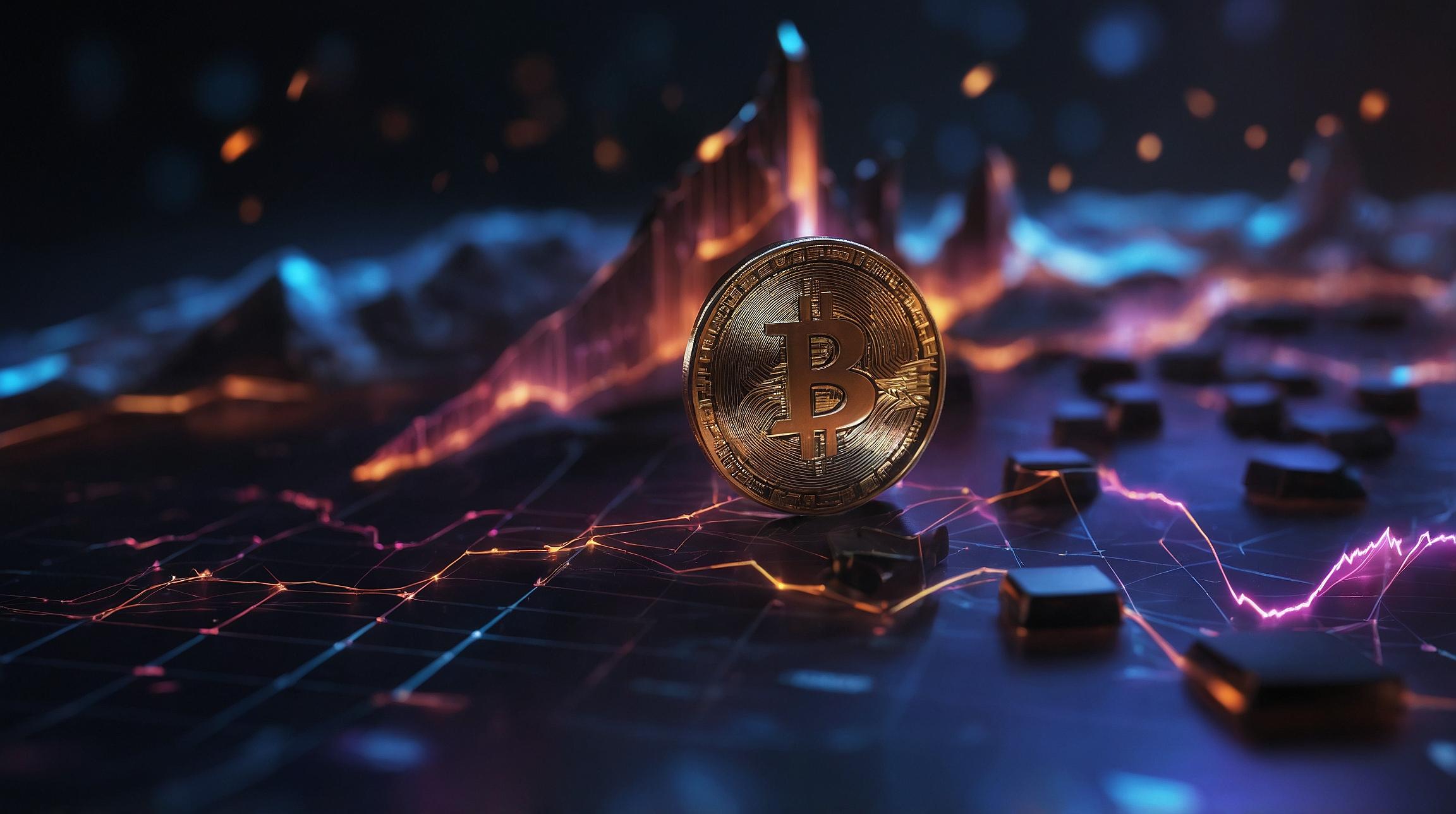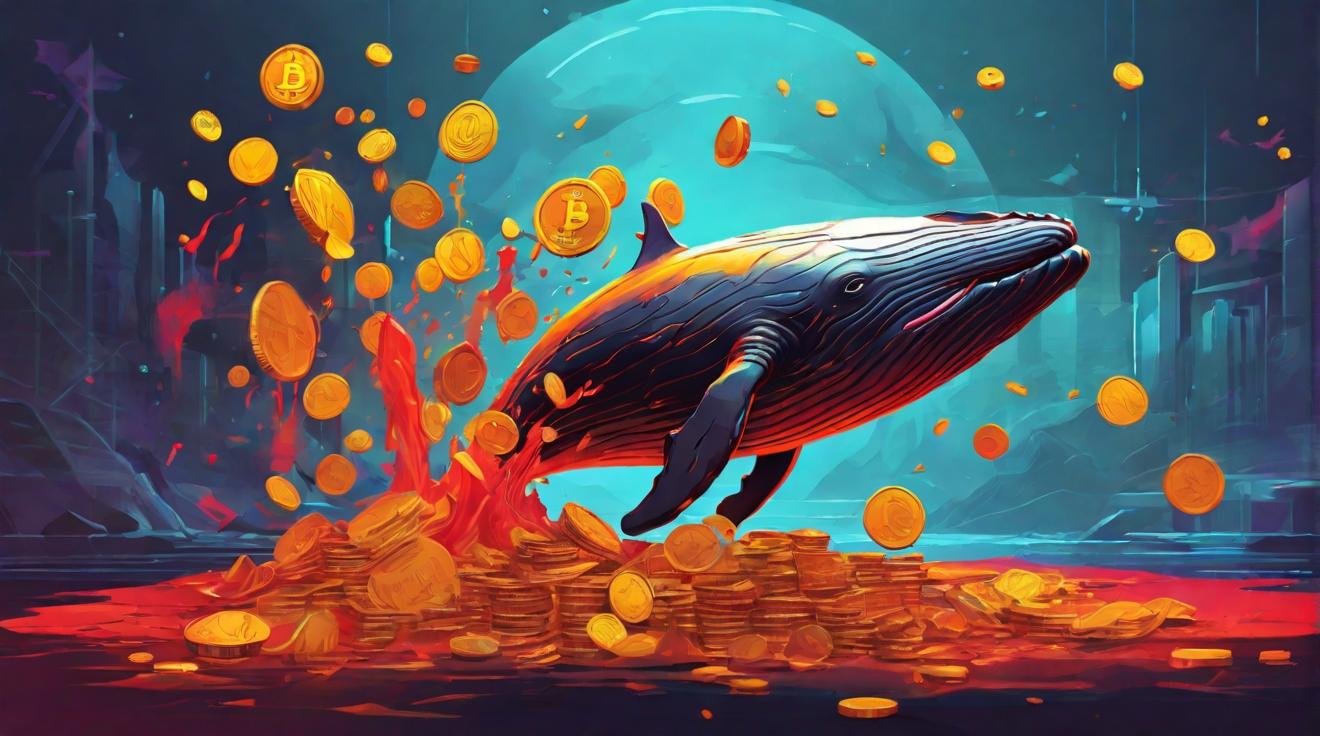Ethereum's Burn Rate at Record Lows
The Ethereum burn rate has reached record lows, with only 121 ETH tokens burned on August 10th, marking the lowest since the EIP-1559 upgrade. This drop coincides with a decline in Ethereum network activity, as the network's dominance in decentralized finance (DeFi) wanes.
What is the Ethereum Burn Rate?
The Ethereum burn rate refers to the process of destroying a portion of transaction fees, reducing the overall supply of ETH. This mechanism was introduced in the EIP-1559 upgrade to make Ethereum a deflationary asset over time.
Declining Activity on Ethereum
Despite holding a significant share of the DeFi market with a total value locked (TVL) of $47 billion (DeFiLlama), Ethereum's market share is shrinking due to competition from networks like Tron and Solana. Since August 1st, the TVL has decreased by 17%, with daily active addresses falling from 731,000 in July to 386,000 in August (Santiment).
Impact of Decreased Activity
Fewer users and transactions result in lower gas fees, reducing the amount of ETH burned. In the past week, only 3,885 ETH were burned, while 18,000 new tokens were issued, introducing a net 14,206 ETH into circulation, turning Ethereum inflationary.
Is Ethereum Losing to Solana?
While Ethereum struggles, Solana is gaining ground. Solana's TVL has surged to $4.72 billion from $1.4 billion at the beginning of the year, a nearly four-fold increase. Solana is also outperforming Ethereum in price performance, with a 487% gain over the past year compared to Ethereum's 39%.
Market Sentiment and Future Prospects
Despite recent challenges, Ethereum's future could be promising. A positive market sentiment is evident as Ethereum's Funding Rate turns positive, suggesting traders are optimistic. Additionally, demand is rising due to spot Ether exchange-traded funds (ETFs). Wall Street institutions have invested heavily in Ether for their ETFs, with a recent $155 million inflow.
Ethereum's current challenges highlight the importance of understanding market trends and the dynamic nature of the cryptocurrency markets. Investors should stay informed about developments in blockchain technology and the DeFi landscape to make strategic decisions.













